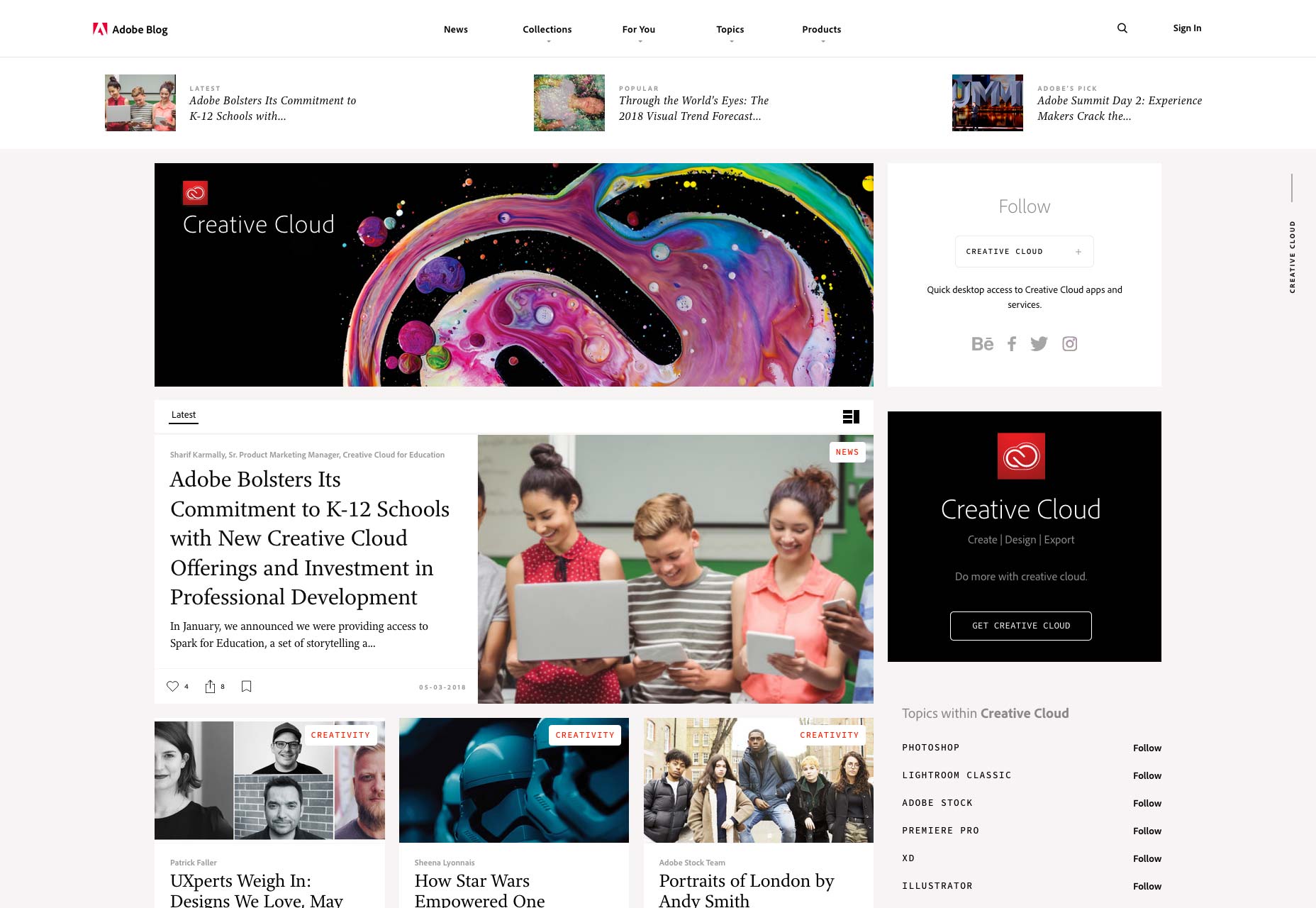 On the 18th of March, one of Uber’s autonomous cars in Tempe, Arizona struck and killed a woman in the street in what is the first pedestrian death caused by a driverless car in America. No doubt, the (rightful) media interest around this will create the perception that driverless cars are unsafe. Public sentiment toward driverless cars will be affected, and increased regulatory scrutiny may follow.
On the 18th of March, one of Uber’s autonomous cars in Tempe, Arizona struck and killed a woman in the street in what is the first pedestrian death caused by a driverless car in America. No doubt, the (rightful) media interest around this will create the perception that driverless cars are unsafe. Public sentiment toward driverless cars will be affected, and increased regulatory scrutiny may follow.
This is despite the fact that autonomous vehicles are far safer than those we manually drive, as they remove human error—which is responsible for the 5,997 pedestrian deaths recorded in the US in 2016—from the controls. Indeed, this still holds true: the facts of the accident haven’t yet been established, but after a combined 8 million miles driven by Wayamo and Uber’s driverless cars, this is the first fatal accident.
The widespread coverage of such accidents compared to the complete lack of coverage given to every day without one, results in an effect called availability bias.
An availability heuristic is when a person relies on information that immediately comes to mind, or is easily available, for the purpose of making a decision or during a certain event. As a result of this more readily available information, the assumed likelihood of something appears to be much greater than that of other events.
Anthony Esgate, David Groome, An Introduction to Applied Cognitive Psychology.
This heuristic can be observed in common perceptions of catastrophic but statistically rare events. People overestimate the occurrence of natural disasters because our memories of their coverage in the media are more vivid than the much more banal non-occurence of these disasters. Business-as-usual doesn’t drive clicks.
The availability heuristic is one of many mental shortcuts we use to help simplify decision making. Understanding it can help you challenge and improve your own approach to decisions, but also provides a useful insight into how your customers approach your products.
The Availability Heuristic and SaaS Websites
In this article I will discuss what I see as three ways the availability heuristic impacts SaaS marketing:
- You should create content which emphasises the problem you are solving, so when a customer next has to decide how to solve that problem your product is ‘readily available’ as a solution.
- You should ensure your customer is adequately briefed on how the problem you are solving applies to them: many SaaS products seem unnecessary before you start using them, but quickly become indispensable.
- You should design your website in a way that the most persuasive information is readily available at the crucial moments when a hesitating visitor is relying on heuristics to decide whether to sign up.
As the founder of Backlinko Brian Dean points out, “a physical product is much easier to demonstrate” than a digital product. A coffee machine is fairly self-explanatory; an enterprise-level CRM solution isn’t. This has consequences for the availability bias of potential customers of SaaS products.
1. Stress Your Product’s Purpose
On the most basic level, it’s essential that SaaS providers are able to quickly and effectively explain the purpose of their solution to potential clients. Rather than communicating in terms of features, which will seem abstract no matter how well they are articulated, they should focus on the problem their product will solve.
Then, when a customer is next evaluating how they might overcome that particular pain point, the most ‘available’ solution will be your product. This is a basic but essential way in which SaaS companies can and should use the availability heuristic.
One way of achieving this and improving overall awareness of your brand is via your blog. This type of content marketing should focus on the issues your product solves, whilst also stressing why customers should choose your company over your competitors.
The most successful businesses in the SaaS industry are using this strategy, with one prominent example being Adobe Creative Cloud. When you take a look at Adobe Creative Cloud’s blog, you will see it’s a great role model for the smaller SaaS businesses to follow. It covers a wide variety of topics, ranging from why drawing tutorials to why customers need Adobe for making their businesses successful.
By positioning itself as a resource for designers, Adobe’s blog aligns its brand and products with guidance on solving it’s customer’s problems. Regardless of whether someone who reads Adobe’s blog pays for its software, they will engage and learn from it’s content, ideally bookmarking it for future reference.
When this designer next encounters an issue in her work, they will recall Adobe’s blog as being a useful source of guidance and inspiration. Eventually, as repeated engagement with the blog demonstrates the many ways Adobe software can aid design projects, the designer’s availability bias will refer her to Photoshop or Illustrator as a worthwhile solution.
As anyone who has worked for a SaaS company knows, attracting customers is ultimately less important than retaining them. As Nathan Latka’s invaluable study of SaaS companies demonstrates, the monthly recurring revenue of long-term subscribers are where the true value lies. Furthermore, existing customers are 50% more likely to try new products and spend 31% more when compared to new customers, and blogs are an excellent way of ensuring customer loyalty. For Adobe, they are a resource for showing existing users new value in their software, and provide inspiration for those who may be losing interest.
In this way, the blog not only “creates” the need for Adobe Creative Cloud but ensures that the customers know how to make the most of its offerings as well.
For another great example of this, see this post by InVision that explains how their solution solves a tangible user problem.
2. Align Your Product With Your Customers’ Needs
If no need is obvious, create one!
The availability heuristic is a great mechanism for SaaS companies—it allows them to position themselves as the most available solution to their customer’s problems. But what if your customers underestimate the likelihood or gravity of the problem you are trying to solve?
In their research into the infamous Challenger space shuttle explosion, Starbuck and Milliken noted:
Organisations often interpret past successes as evidencing the…adequacy of their procedures, and so they try to lock their behaviours into existing patterns.
The same can be said of human behaviour more generally.
Some SaaS products have features that people underestimate the need for. One example is Antivirus Software. Most people have some form of virus protection, but how many give it more than a cursory regard, installing it and forgetting about it? We underestimate the likelihood of being hacked because instances of data theft are under-reported. Even when huge privacy breaches occur and the media takes note, the scale of the problem and its ramifications are hard to relate to our own data security—again, this relates to the intangibility of activities in the digital domain. In this instance, a SaaS company could try out strategies that make potential customers rate their need for proper security more highly.
One way could be to create a landing page whereby a user appears briefly to lose control of their mouse, and experiences a loss of control that is analogous to a virus accessing their computer. The website could then leverage the user’s newfound appreciation of the problem by positioning their software as one that understands it and solves it.
Furthermore, many of the best SaaS products are so disruptive that they solve problems people didn’t even realise they had. The incredible convenience of Spotify is only fully understood once you’ve used it. SaaS companies have to effectively explain these problems in the first place.
3. Make Persuasive Information Readily Available
So, we’ve discussed about how to ensure your marketing efforts take into consideration the availability bias, and how you might adjust your content to benefit from it. But, if we return to our definition, the availability bias results from “information that immediately comes to mind, or is easily available”. You can gradually build a successful blog, but how can a SaaS company design their website to make persuasive information immediately come to mind?
One strategy is to use notifications that trigger in your website at specific points along your sales funnel. For example, on the landing page, you might want to highlight your latest feature.
Not only does this emphasise how your product is improving, but your customer’s attention will be drawn to the notification as it appears, making it easily available to inform their decision.
Notifications leverage social proof, but also operate within our availability heuristic. By drawing attention to real-time data of existing customers, you emphasise your product as one that is popular. When potential customers then land on your pricing page and evaluate whether to sign up or not, the most readily available information will be the content you have pushed in your persuasive notifications
Conclusion
When marketing your SaaS product, you should be aware of how the availability bias will affect potential customers’ decision to sign up. You should consider what your audience already knows, which of their problems you are trying to solve, and how to design your website to make persuasive information readily available.
However, this is just the first of many heuristics web designers and SaaS businesses can utilise. I will discuss other powerful heuristics in future posts—stay tuned!
| Add Realistic Chalk and Sketch Lettering Effects with Sketch’it – only $5! |
p img {display:inline-block; margin-right:10px;}
.alignleft {float:left;}
p.showcase {clear:both;}
body#browserfriendly p, body#podcast p, div#emailbody p{margin:0;}
from Webdesigner Depot https://ift.tt/2jE3Cbk
from WordPress https://ift.tt/2Iq9vqz



No comments:
Post a Comment